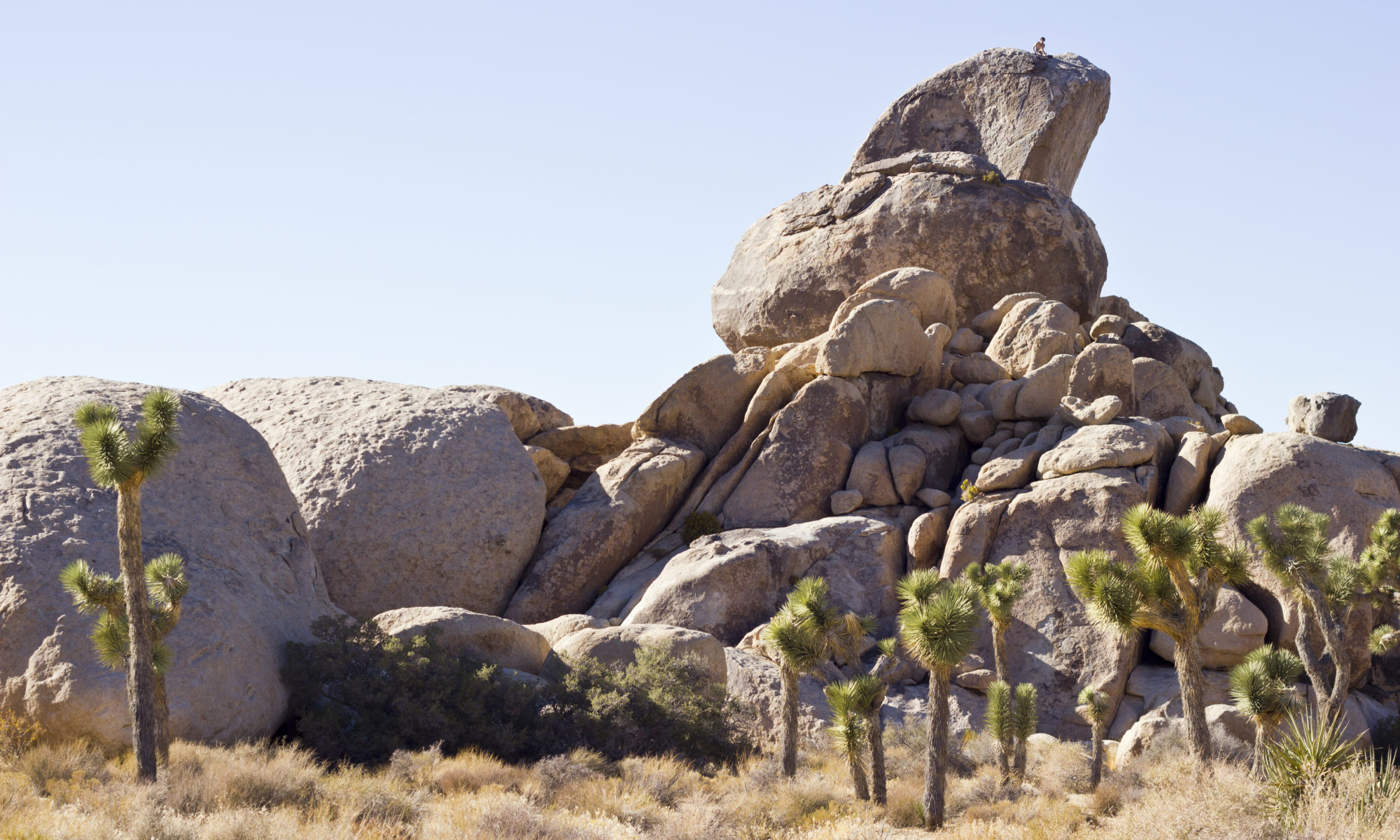It’s fortunate that spending time on ideation is a virtue in UX design, because I need that time. The chance to play around with an idea is what allows me to eventually output worthy designs. While learning how to make a journey map, I finally recognized this about myself.
Overwhelmed with information
Despite reading and annotating a dozen articles concerning customer journey maps, a term I had not known two weeks before, I still could not figure out how to make one. There were just so many variables to a journey map, and those variables changed based on the situation. It was then, stumped, that I understood why so few articles provide a step-by-step guide to drawing one up. Instead, they focus on easier aspects to explain: the importance, the benefits, and how to build team support.
Trial and error
Through several disappointing attempts, I learned that I need to do two things: try something out, bit by bit and with many instances, and then iterate. I need to be able to put things together and see what happens when I try certain things. Mostly, I need to let go of getting it right the first time around. This wasn’t always the case. I’m unsure when it happened, but at some point, I forgot one of my strengths: not caring about making mistakes and just having a blast.
As usual, I needed to stop reading articles on the subject and start trying. All that knowledge would only be useful if I had a simple journey map to work with. Instead, the knowledge ended up competed for my increasingly depleted attention.
As I started, I realized I had so much more specific questions. These questions were simple, but once answered, they allowed me to identify the aspects that work to develop into something closer to a respectable customer journey map. In other words, I couldn’t understand what worked and what didn’t until I tried it myself.
Customer Journey Maps
Seeing that I could at least get the user flow right, I chose to start there. I decided to base them off my scenarios. But these texts ended up having a bit too much information for my liking. So instead, I defined the different goals, based on the three ways a user might interact with my design product: discovery, exploration, and selection.
Next, I grouped each goal and flow onto their own tables. I used placement in different rows to represent positive, neutral, and negative experiences. My inspiration was from a map that used colors (red, green, and yellow) to represent emotions. Afterwards, I added insights and opportunities. For some, I was able to think of stages, an aspect I found hard as most journey maps focus on products or services being sold.
At this point, the advantages proclaimed in the articles I read made so much more sense and these journey maps drafts were indeed helping me get to know my personas better.
Summary or The Lesson
I need to start small and build up, learning through trial and error. I need to understand that it takes time for things to shape up and to stick it through until that happens, or for a while.
Failure thus won’t be measured in the elegance of my work but by how hard I tried.
Last but not least, customer journey maps are hard!
…
Note: I was hesitant to post this entry because I am still struggling to embrace the imperfection blogs allow instead of curating the picture perfect experience on Instagram. However, this wouldn’t be a blog if everything was perfect. That would be a gallery or a book. This is about me being honest about my growth and in the future, how far I’ve come.
